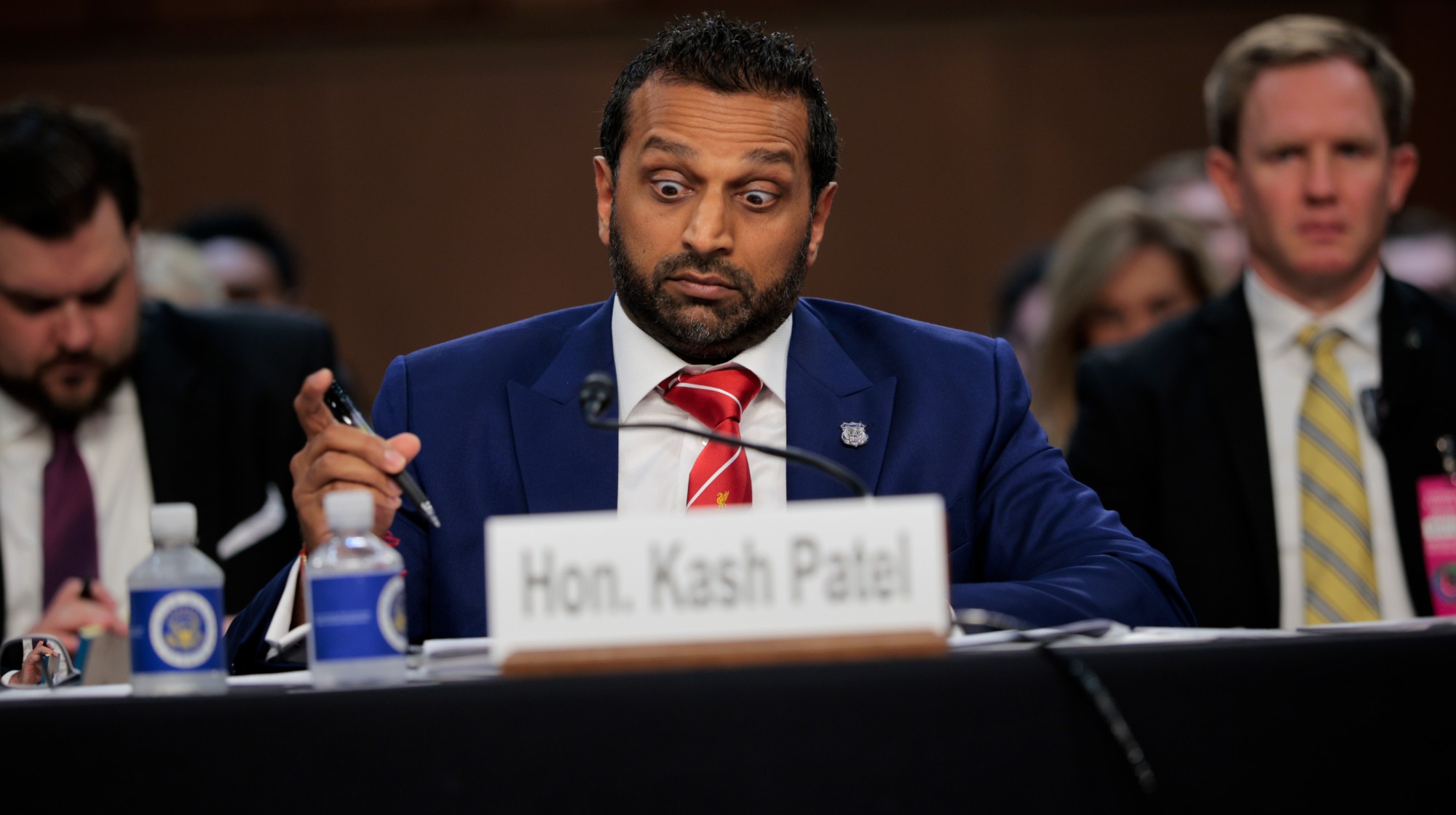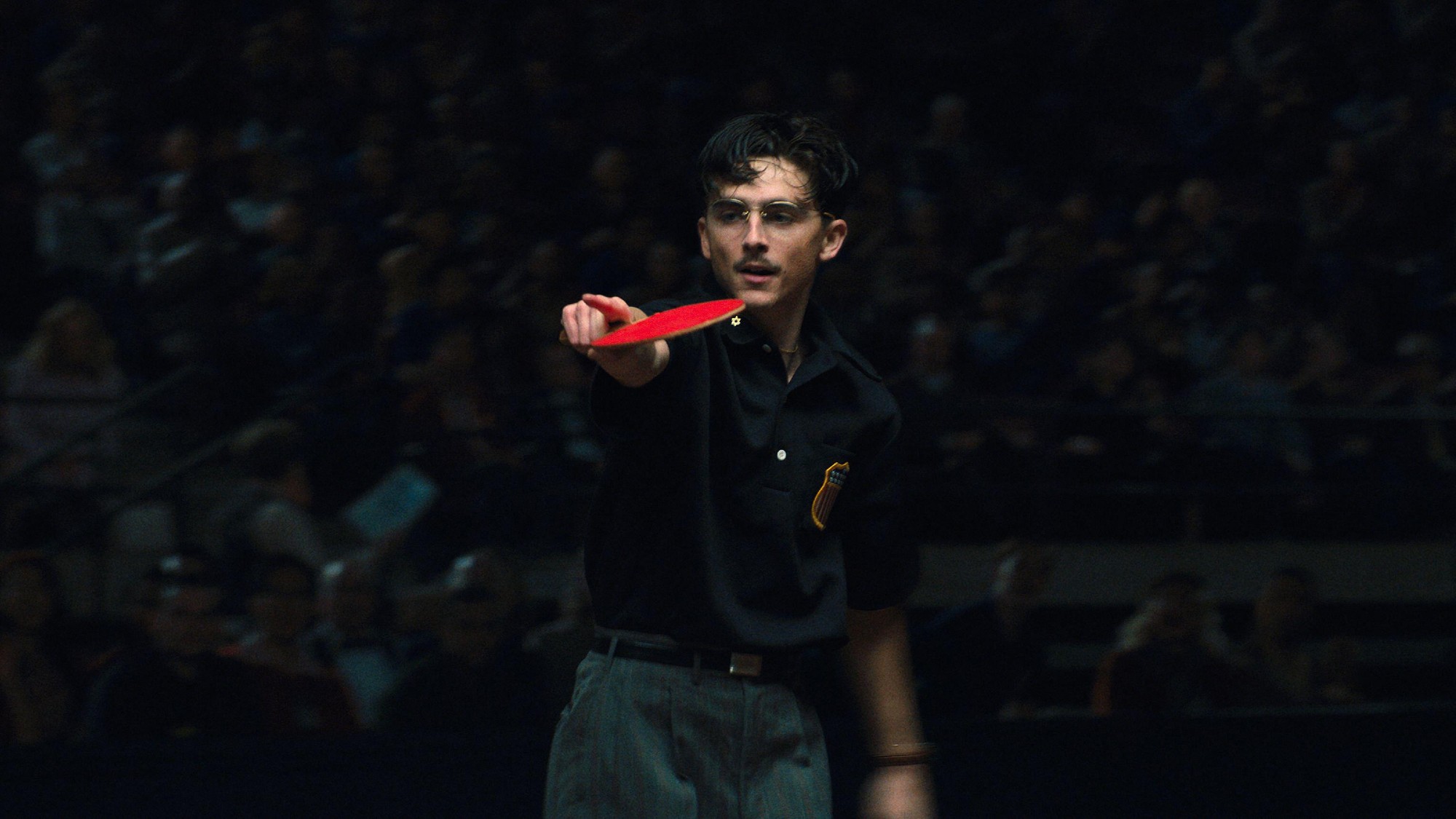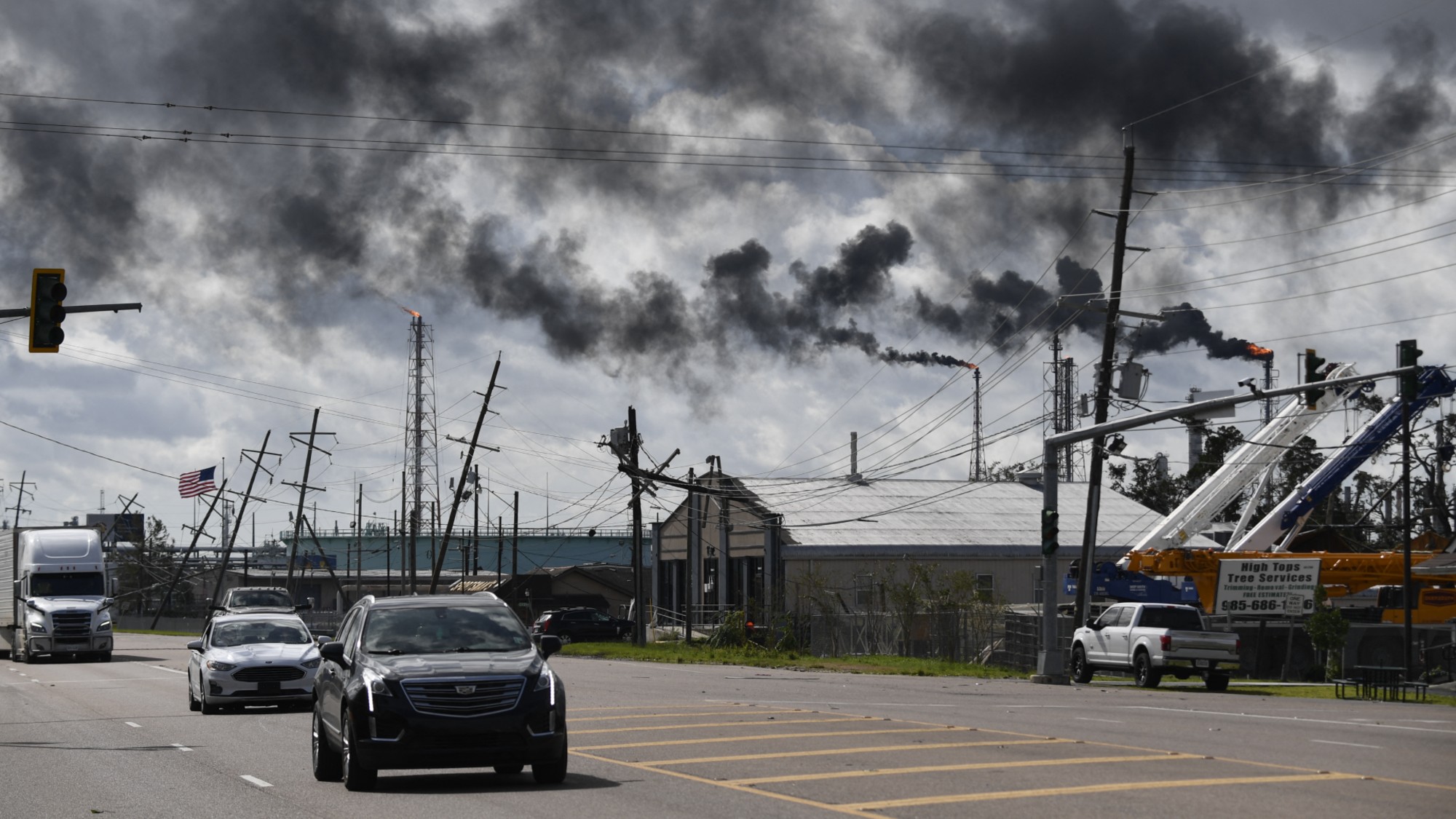How to see the Quadrantid meteor shower
Tuesday night could see up to 110 meteors an hour in the sky over the UK

Astronomers and amateur stargazers are in for a “spectacular show” as the Quadrantid meteor shower hits its peak on Tuesday night, according to the Daily Mail.
The phenomenon is “renowned for producing bright ‘fireball’ meteors which leave large explosions of light and colour that persist longer than average meteor streaks”, said the paper. And more than 100 meteors an hour could appear across the sky tonight.
What is it?
The Royal Observatory Greenwich said the Quadrantid is “among the strongest and most consistent meteor showers, and could reach a maximum rate of 110 meteors per hour on a clear night”.
The Week
Escape your echo chamber. Get the facts behind the news, plus analysis from multiple perspectives.

Sign up for The Week's Free Newsletters
From our morning news briefing to a weekly Good News Newsletter, get the best of The Week delivered directly to your inbox.
From our morning news briefing to a weekly Good News Newsletter, get the best of The Week delivered directly to your inbox.
Meteor showers occur when pieces of debris from space enter the atmosphere at speeds up to 70km per second, “vaporising and causing the streaks of light we call meteors”.
However, while most meteor showers originate from debris left behind by comets, the Quadrantid is a result of the Earth passing through the debris left behind by the near-Earth asteroid 2003 EH1, first identified by Nasa astronomer Peter Jenniskens in 2003.
Although its origins have been uncovered only fairly recently, Quadrantid meteor showers were first observed by Chinese astronomers more than 500 years ago.
Most other meteor showers have a two-day peak, but the Quadrantid peak is shorter, “due to the shower’s thin stream of particles and the fact that the Earth crosses the stream at a perpendicular angle”, said the Mail.
A free daily email with the biggest news stories of the day – and the best features from TheWeek.com
When and where to see it in the UK
While the total period of the meteor shower lasts for more than two weeks, the optimal time to see it in the UK will be the nights of Tuesday 3 January and Wednesday 4 January, peaking at 3am on the morning of 4 January.
“The most important thing,” said Sky News, “is to get yourself away from street lights and other sources of light pollution.” Quadrantids can be seen with the naked eye so there is no need for binoculars or a telescope but give your eyes 30 minutes to adjust to the darkness.
The Independent said that “several smartphone apps also offer tips and instructions for viewing the Quadrantid meteor shower, including using the phone’s inbuilt gyroscope and GPS location to point users in the right direction of where the meteors will appear”.
“Unfortunately, 2023 will not be a good year to look for the Quadrantid meteor shower,” said Space.com, with the full Moon on Friday providing extra light pollution of its own. Sky News said the weather is also not great for observing the night sky, with “rain forecast for much of the country, although the further north you go the clearer things look – the far northwest of Scotland looks mainly fine”.
For stargazers who want the best possible chance to see the shower – and are willing to brave the elements – ITV suggested visiting one of the UK’s “dark sky” reserves at one of six national parks: Exmoor, Brecon Beacons, Moore’s Reserve in the South Downs, Snowdonia, North York Moors and Yorkshire Dales.
-
 Ex-FBI agents sue Patel over protest firing
Ex-FBI agents sue Patel over protest firingspeed read The former FBI agents were fired for kneeling during a 2020 racial justice protest for ‘apolitical tactical reasons’
-
 The real tragedy that inspired ‘Hamlet,’ the life of a pingpong prodigy and the third ‘Avatar’ adventure in December movies
The real tragedy that inspired ‘Hamlet,’ the life of a pingpong prodigy and the third ‘Avatar’ adventure in December moviesThe Week Recommends This month’s new releases include ‘Hamnet,’ ‘Marty Supreme’ and ‘Avatar: Fire and Ash’
-
 ‘These moves would usher in a future of chemical leaks’
‘These moves would usher in a future of chemical leaks’Instant Opinion Opinion, comment and editorials of the day
-
 Blue Origin launches Mars probes in NASA debut
Blue Origin launches Mars probes in NASA debutSpeed Read The New Glenn rocket is carrying small twin spacecraft toward Mars as part of NASA’s Escapade mission
-
 ‘The Big Crunch’: why science is divided over the future of the universe
‘The Big Crunch’: why science is divided over the future of the universeThe Explainer New study upends the prevailing theory about dark matter and says it is weakening
-
 The moon is rusting
The moon is rustingUnder the radar The Earth is likely to blame
-
 Panspermia: the theory that life was sent to Earth by aliens
Panspermia: the theory that life was sent to Earth by aliensUnder The Radar New findings have resurfaced an old, controversial idea
-
 Africa could become the next frontier for space programs
Africa could become the next frontier for space programsThe Explainer China and the US are both working on space applications for Africa
-
 Hurricanes are not exclusive to Earth. They can happen in space.
Hurricanes are not exclusive to Earth. They can happen in space.Under the radar These storms may cause navigational problems
-
 Answers to how life on Earth began could be stuck on Mars
Answers to how life on Earth began could be stuck on MarsUnder the Radar Donald Trump plans to scrap Nasa's Mars Sample Return mission – stranding test tubes on the Red Planet and ceding potentially valuable information to China
-
 The treasure trove of platinum on the moon
The treasure trove of platinum on the moonUnder the radar This kind of bounty could lead to commercial exploitation